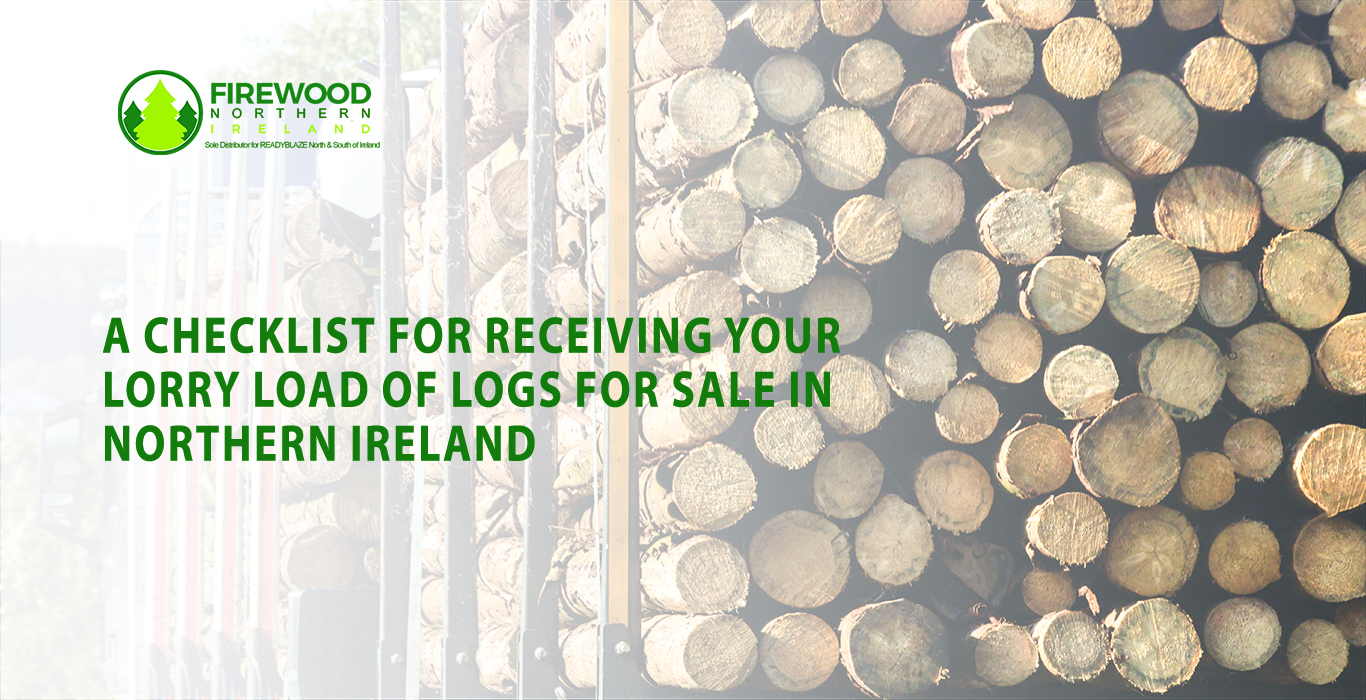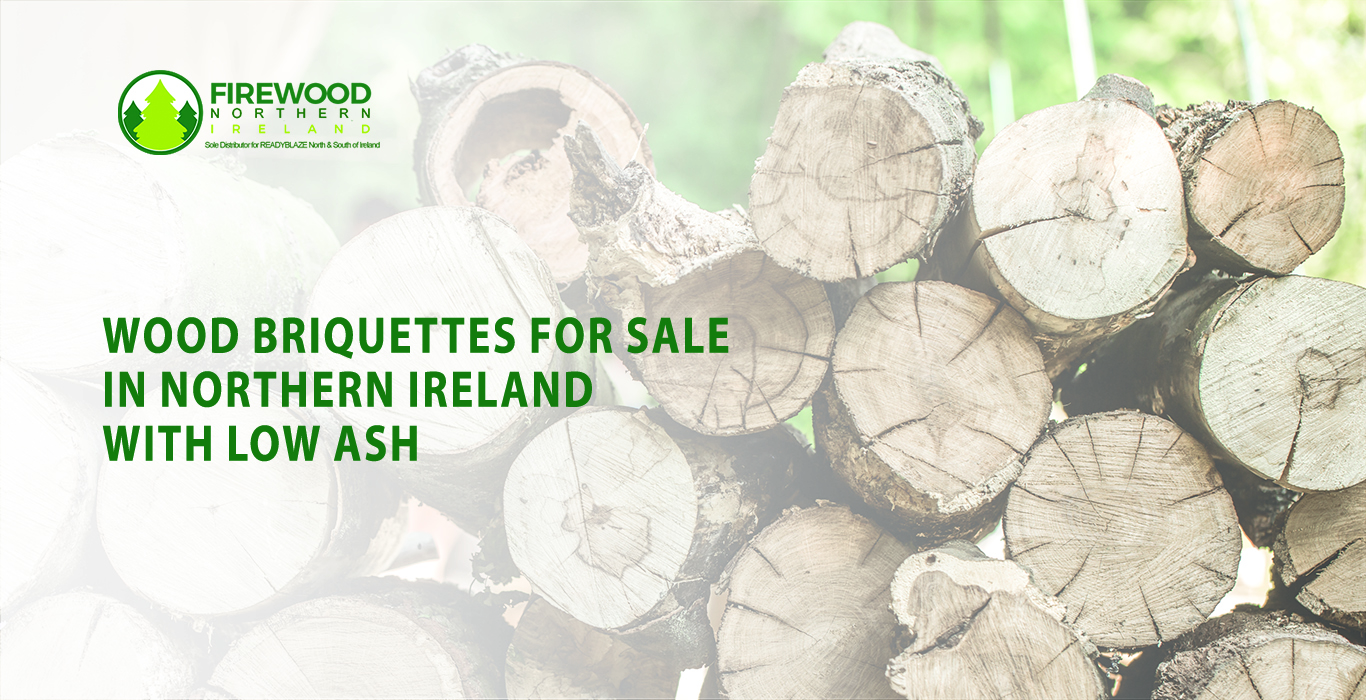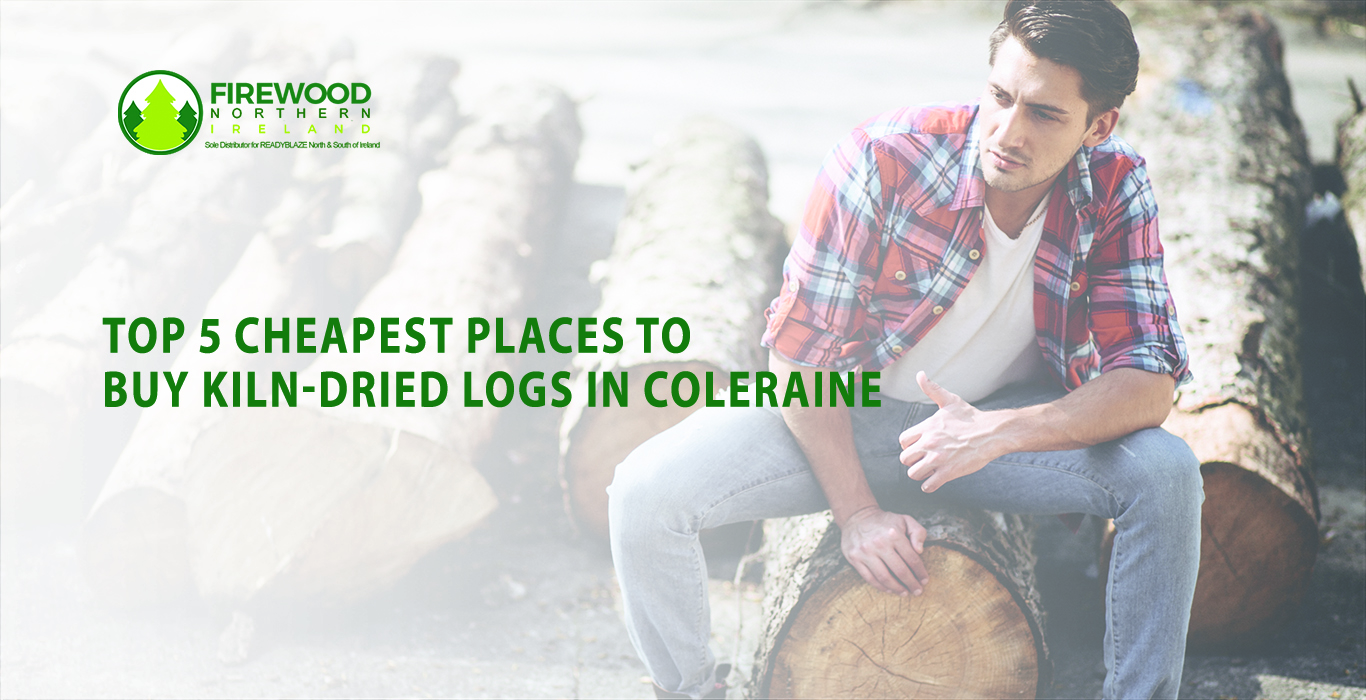
Wood Briquettes for Sale in Northern Ireland with Low Ash for Cleaner and Warmer Homes

Many firewood consumers, while scanning for wood briquettes for sale, often overlook this key factor that actually changes their rate of heating: ash content. Low-ash briquettes mean cleaner airflow, brighter flames, and less time emptying trays. For Northern Irish families juggling damp winters, compact storage, and busy evenings, choosing the right briquette can have a significant impact on how clear your stove glass stays, and how consistently your room warms up.
Why is ash content the real efficiency metric
Ash is the non-combustible residue left after burning. The less ash, the more of each kilogram turns into usable heat. High-ash fuel chokes primary air, dulls flames, and forces you to run the stove harder to get the same comfort.
In Northern Ireland’s damp, windy season, stoves often run for long, gentle burns. Low-ash briquettes keep the grate open and the secondary burn active, so you get steady heat without babysitting the air controls. Fewer cleanouts also mean less heat loss from opening the door mid‑evening.
Low ash protects your stove. Ash build-up insulates the grate, overcooks seals, and smudges glass with fine particulates. With cleaner fuel, heat transfers to the room instead of lingering in the firebox. The result: clearer glass, fewer hot spots on gaskets, and a calmer, more predictable flame profile.
How to evaluate wood briquettes for sale in Northern Ireland
A quick, practical checklist helps you spot genuinely low‑ash options before they reach your hearth.
- Composition: Prefer debarked hardwood blends like oak and birch, as bark and contaminants inflate ash. Clean sawdust or wood shavings compress into dense logs that burn to a light, powdery residue.
- Binders: Look for briquettes formed under high pressure with no added binders or only natural lignin. Additives often leave extra residue and can cloud stove glass faster.
- Density and shape: Tightly compressed, uniform blocks with minimal surface cracking burn longer and more completely. Consistent shapes stack neatly in small Belfast sheds and terrace under-stairs cupboards.
- Moisture barrier: Robust, sealed packaging matters in a wet climate. Damp briquettes smolder, make more ash, and underperform. Choose packs that survive doorstep rain on the Causeway Coast or Fermanagh lakeside gusts.
- Home test: After a trial burn, cool and collect ash from one load. Light, pale, and easily blown away with a breath? That’s the sign of clean combustion and low mineral content.
Stove care and burn routine for low-ash wood briquettes
Dialling in a simple routine protects your appliance and maximizes every bag.
- Start hot: Build a small, hot kindling bed, then add briquettes. A brisk start reduces initial smolder and keeps ash production down from the first minutes.
- Set air wisely: Open primary air for ignition; once glowing, favor secondary air. This completes combustion above the flame, cutting residue and keeping glass clearer.
- Right load size: In compact living rooms from Bangor to Ballymena, two to three blocks often sustain an evening. Overloading cools the firebed and increases unburnt fines.
- Ash schedule: Empty trays when a thin layer remains; a small bed protects the grate and stabilizes the burn. Let ash fully cool; store it in a lidded metal bucket.
- Glass refresh: When cold, wipe the inside glass with a damp cloth dipped in fine ash. It’s a mild abrasive that lifts haze without chemicals.
The cost-and-convenience win for family homes
Low-ash kiln-dried wood briquettes for sale by Firewood NI convert more of each bag into heat you can feel. You buy fewer bags across the season, and you spend fewer evenings tending a sluggish fire. That’s real value during long Antrim nights or rainy school runs in Londonderry.
There’s a hidden saving: every time you open a hot stove to clear ash, you dump heat. Cleaner fuel means longer intervals between cleanouts, fewer door openings, and steadier room temperatures, especially useful in semi-detached homes where heat quickly escapes through shared walls.
Firewood NI supplies dense, hardwood briquettes chosen for clean burn characteristics and predictable performance in ordinary Northern Irish stoves. That consistency lets you plan simple, repeatable burn routines without a midday reset.
Storage and moisture management for a damp climate
In Northern Ireland, moisture control is half the battle. Even the best briquettes underperform if they absorb moisture.
- Off the floor: Use a pallet or battens so air can move beneath stacks. Concrete sweats; your fuel shouldn’t wick it up in January.
- Ventilated shelter: A small shed or lean‑to with airflow beats a sealed plastic box. Stagnant, humid air can still soften briquettes.
- Indoor overflow: In terraces with limited sheds, keep a week’s supply in a hall cupboard or utility room. Rotate stock so the oldest is used first.
- Intact packaging: Keep packs sealed until needed. If one rips on delivery, rewrap it the same day with heavy-duty bags or stretch film.
If you’re comparing wood briquettes for sale, put “low ash” at the top of your checklist; it’s the most reliable proxy for a warmer room, a cleaner stove, and fewer interruptions.
Conclusion
For Northern Irish families, low-ash briquettes aren’t a niche spec, they’re the difference between a fire that fits your life and one that takes over your evening. By prioritizing composition, packaging, and a simple burn routine, you’ll get cleaner glass, steadier heat, and fewer cleanouts across the wettest months.
Firewood NI’s carefully selected hardwood briquettes for sale align with these principles, so you can heat your home confidently, whether you’re lighting a quick after‑work fire in East Belfast or keeping the sitting room cosy through a blustery Sunday on the North Coast. Buy now!
FAQs
Are low-ash briquettes safe for my multi-fuel stove or wood burner?
Yes. Low-ash wood briquettes burn cleanly and steadily, reducing clinker and grate stress. They help maintain clear airflow and secondary combustion, supporting efficient operation in most modern multi-fuel stoves and wood burners when used per manufacturer guidance.
How do I store wood briquettes in a damp Northern Irish winter?
Keep them off concrete on a pallet, under a ventilated, water‑sheltered roof. Leave packs sealed until use, and bring a week’s supply indoors. If packaging tears, rewrap immediately to prevent softening and performance loss from moisture ingress.
Will low-ash wood briquettes for sale actually save me money?
Typically, yes. More fuel turns into heat, so you buy fewer wood briquettes for sale across a season. You’ll also open the stove less often for ash removal, losing less heat mid‑burn. The combined effect is steadier warmth with lower total spend.




